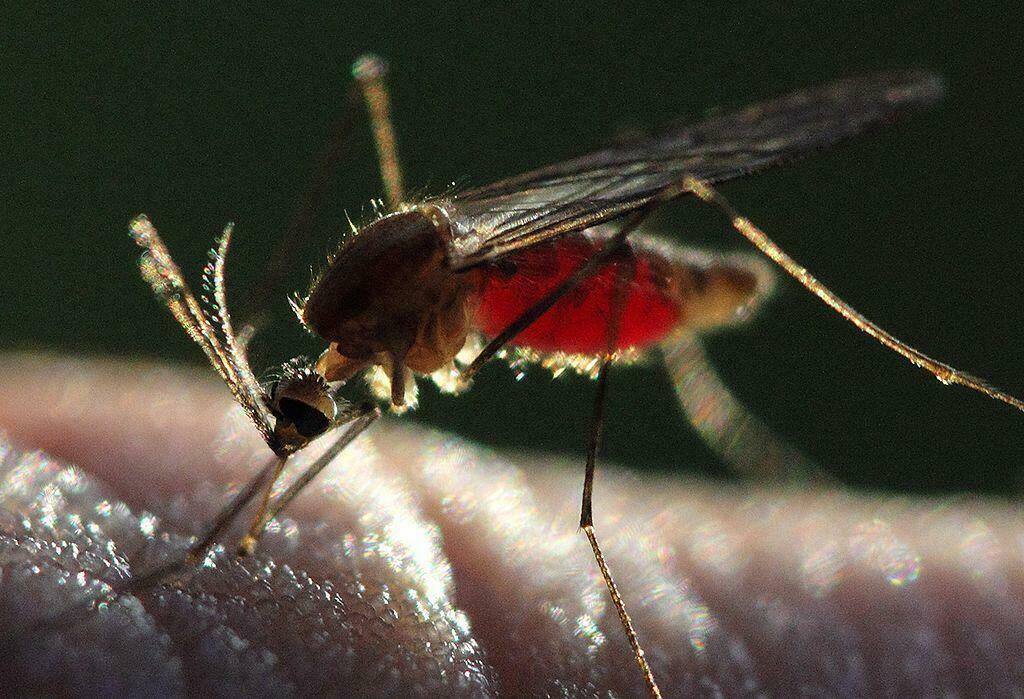
A new project aims to increase the use of spatial mosquito repellents, a promising new vector control tool that could accelerate malaria elimination efforts.
Catalyzing the Adoption of a Novel Vector Control Toolbox (CANVeCT), led by the Centre for Research in Infectious Diseases (CRID) in Cameroon and supported by Liverpool School of Tropical Medicine, has been awarded $18.1m (£13.3m) by Unitaid to generate evidence to support the adoption of spatial repellents.
These are small devices hung indoors that release an active ingredient into the air that kills mosquitoes or prevents them from biting, providing protection for up to a year. Spatial repellents could be a valuable weapon in the fight against malaria in disease endemic countries, particularly due to the growing challenges of insecticide resistance, urbanisation and climate change.
Spatial repellents are especially useful in areas where mosquitoes bite during the day or where other tools, like insecticide-treated nets or indoor residual spraying, are hard to implement.

CANVeCT will look for evidence to support WHO’s conditional recommendation for the use of spatial repellents in combination with insecticide-treated nets and as a standalone intervention.
Professor Charles Wondji, CRID’s Executive Director, Head of the LSTM Research Unit at CRID and CANVeCT lead said: “We are delighted to have been awarded this 5-year CANVeCT project by Unitaid to generate the evidence needed for an evolution of the recommendation by WHO on spatial repellents and to catalyse its adoption across Africa, in accordance with CRID’s motto which is “saving lives through quality research”.
“CANVeCT is the result of the increasing capacity built by the LSTM Research Unit at CRID and is a model of equitable North-South partnership currently championed by LSTM.”
CANVeCT will launch a trial in a region of Cameroon with high malaria transmission, historically low coverage and use of insecticide-treated nets, and elevated pyrethroid resistance to establish the level of protection that spatial repellents may provide if deployed in combination with insecticide-treated nets or on their own. The project will also conduct a household trial in humanitarian settings in Cameroon, addressing potential challenges, and identifying barriers to entry and scale-up of affordable products.
Other key factors to be evaluated include social studies on compliance and acceptability, modelling to predict cost-effectiveness and likely impact on disease burden, community and civil society engagement activities as well as close collaboration with national malaria control programmes and international stakeholders to promote the adoption of spatial repellents.
Dr Ellie Sherrard-Smith, Senior Lecturer in Epidemiology and LSTM project lead, said: "Building spatial repellents into the vector control toolbox is an exciting prospect. We will analyse the trial data so that we can include the year-long spatial emanator in transmission model simulations that explore impact on malaria transmission through the combined use of interventions to help with malaria control strategies. We are also glad to have the opportunity to consider the ecological and emissions impact of scaling this intervention during this project. This is important as the climate and ecological crises continue. We aim to maximise cost effectiveness and minimise adverse outcomes from vector control."
Dr Rosemary Lees, Principal Research Associate at LSTM and co-investigator on the project, said: “CANVeCT represents an important and timely opportunity to engage with national and international stakeholders to translate the evidence generated through randomised control and household trials into strengthened policy and to catalyse widespread adoption.”
The five-year Unitaid-funded project also involves collaboration with London School of Hygiene and Tropical Medicine.
Dr Philippe Duneton, Unitaid’s Executive Director said: “As malaria evolves, our tools to control it must evolve too. Spatial repellents are the newest vector control tool in decades, and through this investment, we aim to expand their use to offer greater protection to the most vulnerable people and communities.”